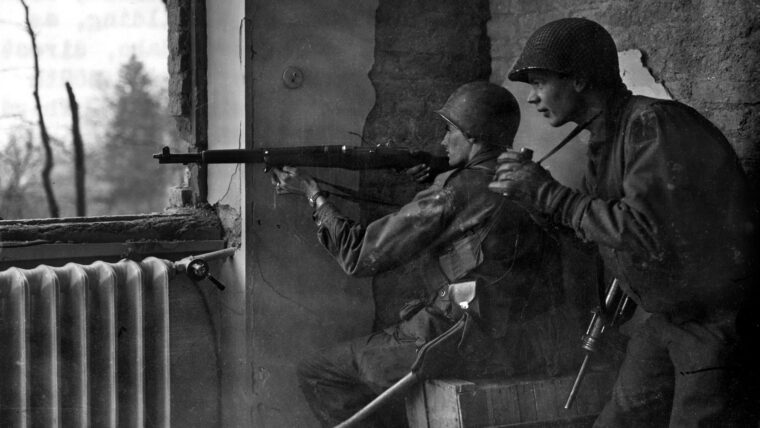
European Theater
The 90th Division Comes of Age
By Kevin M. HymelLieutenant General Omar Bradley, commander of the U.S. First Army, considered his 90th Infantry Division a problem unit. Read more
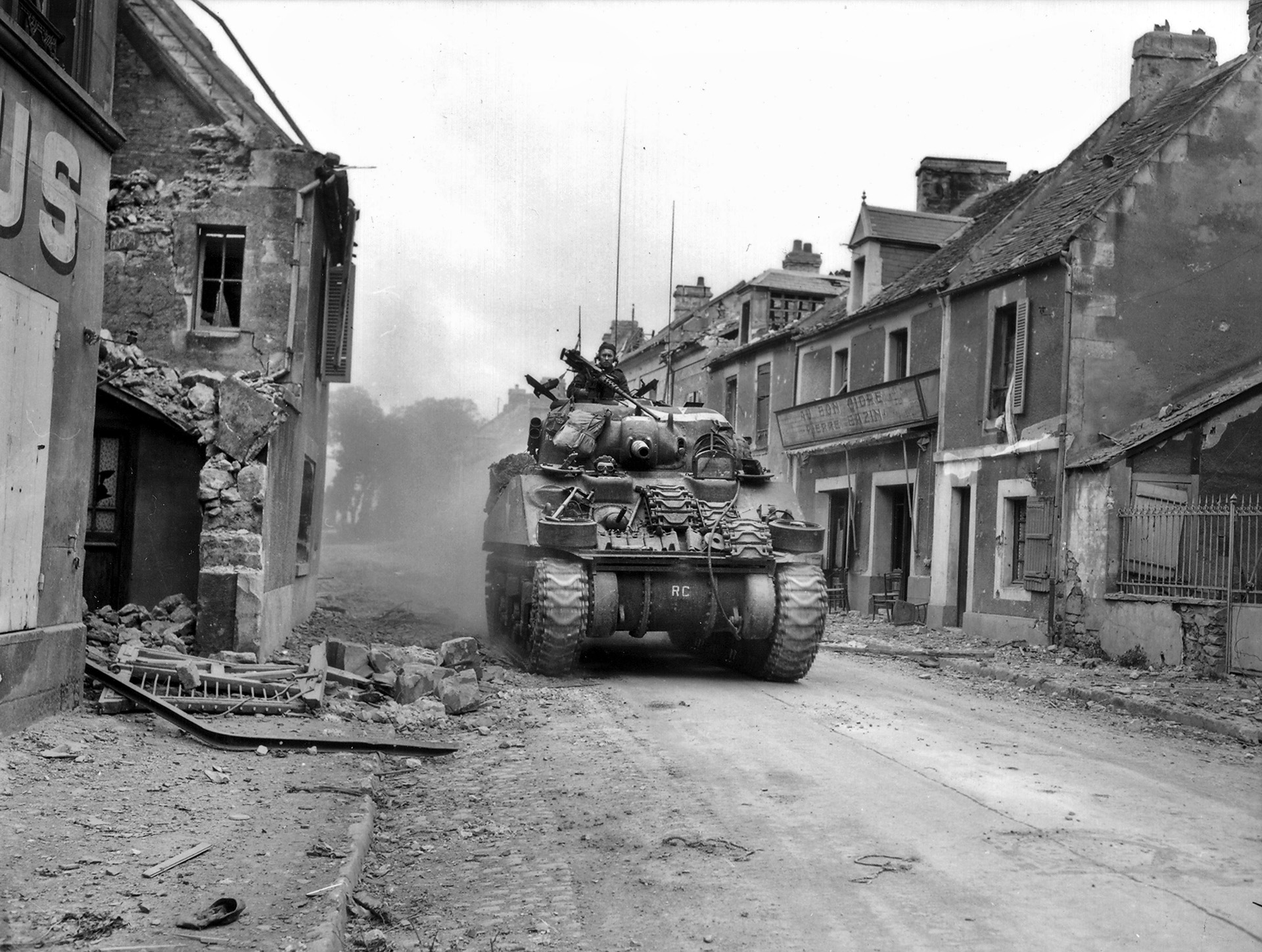
The European Theater of Operations (ETO) during World War II is generally regarded as the area of military confrontation between the Allied powers and Nazi Germany and Fascist Italy. The European Theater encompassed the Atlantic, Mediterranean, Eastern Front, Western Front, and Arctic areas of operation.

European Theater
Lieutenant General Omar Bradley, commander of the U.S. First Army, considered his 90th Infantry Division a problem unit. Read more
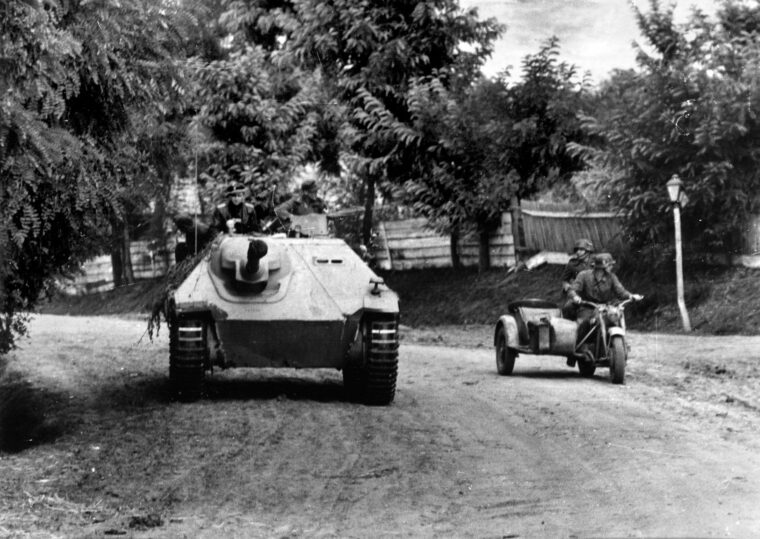
European Theater
By 1943 it was obvious to the Germans that their tank production could not keep pace with battlefield losses. Read more
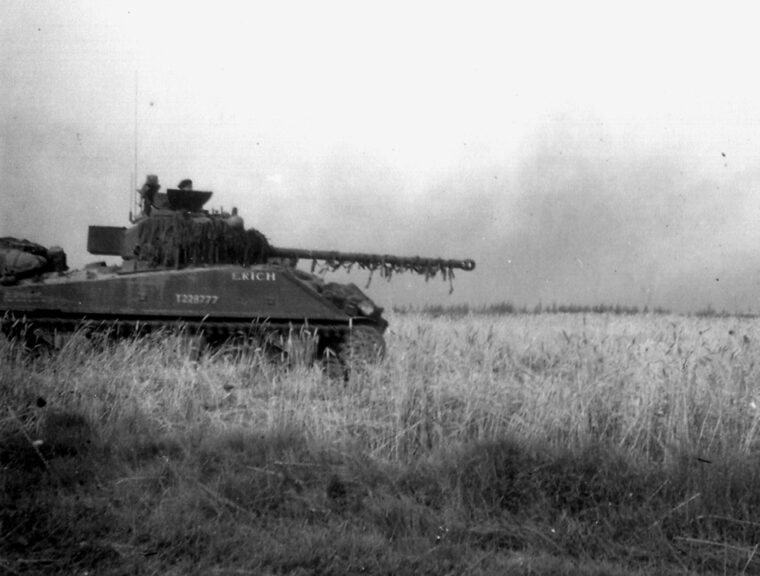
European Theater
For the Allied tankers and infantrymen of the American, British, Canadian, and Free French armies battling German Panther and Tiger tanks in Normandy in the summer of 1944, the Sherman tank’s failures were glaringly evident as their own shells bounced off the hulls of the Nazi armor and they were themselves destroyed at a far greater range by the powerful German tanks. Read more
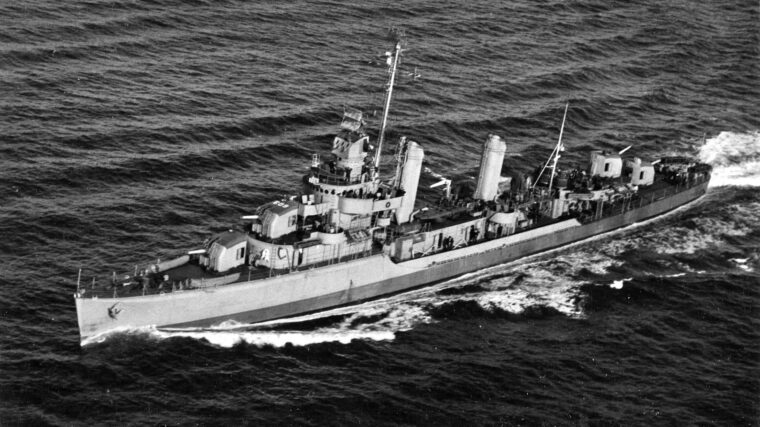
European Theater
Eighty miles off the coast of New Jersey and 280 feet below the surface of the Atlantic Ocean lies the forward section of a World War II destroyer, where it came to rest more than 60 years ago. Read more
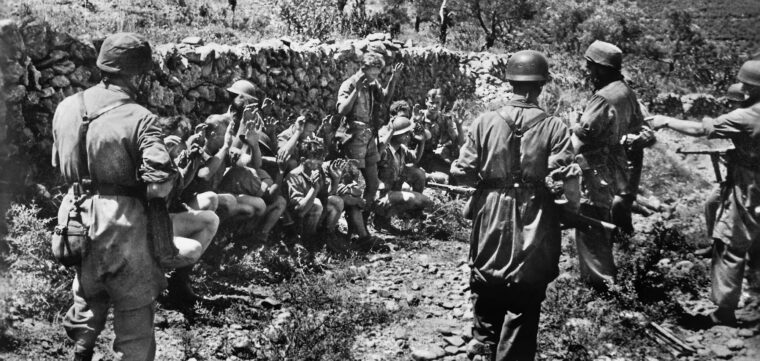
European Theater
“Maleme. 20th May, 1941. Usual Mediterranean summer day. Cloudless sky, no wind, extreme visibility; e.g., details on mountains 20 miles to the southeast easily discernible.” Read more
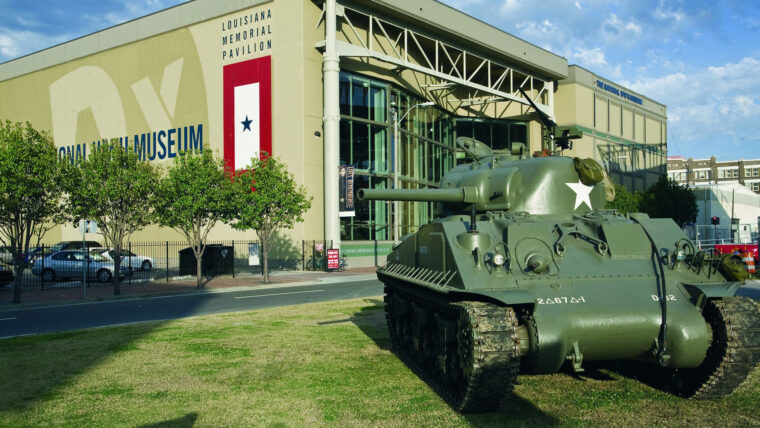
European Theater
Opened on June 6, 2000, on the 56th anniversary of the D-Day landings, the National D-Day Museum, as it was then known, initially focused on the amphibious invasion of Normandy. Read more
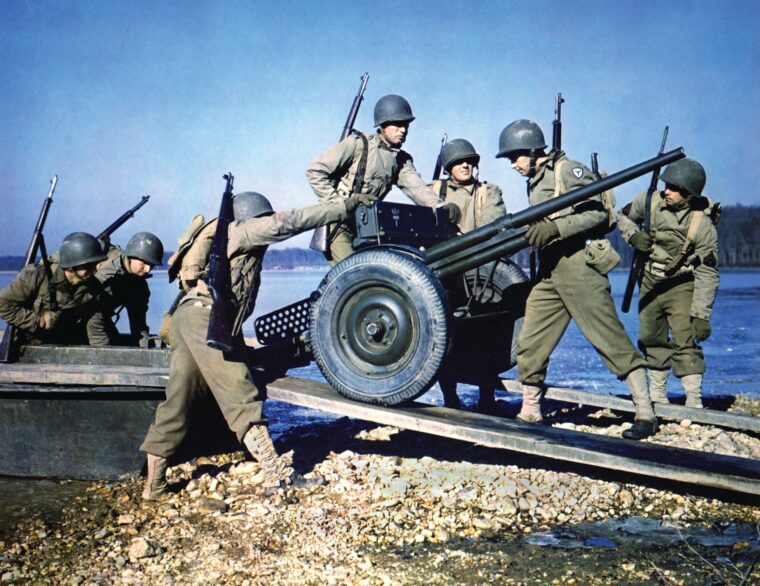
European Theater
The men of Lieutenant Edwin K. Smith’s antitank platoon, 2nd Battalion, 26th Infantry Regiment, 1st Infantry Division peered over the gun shields of their 37mm cannon at the column of Vichy French armored cars approaching their roadblock. Read more
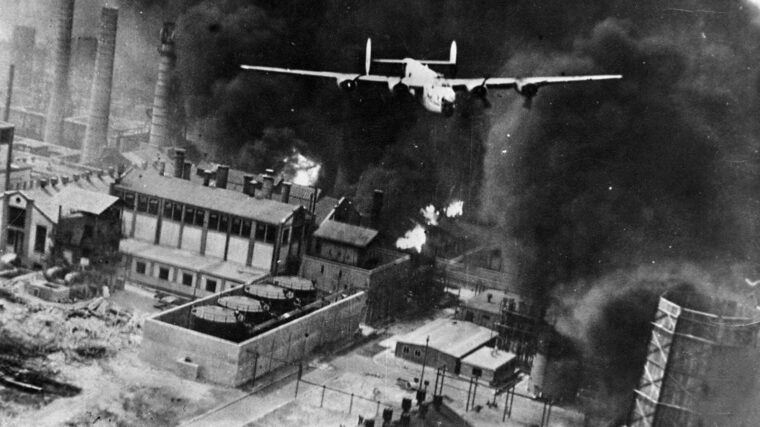
European Theater
In 1942, many Americans considered anyone of Japanese ancestry to be an enemy, regardless of where they had been born or how long their families had lived in the United States. Read more
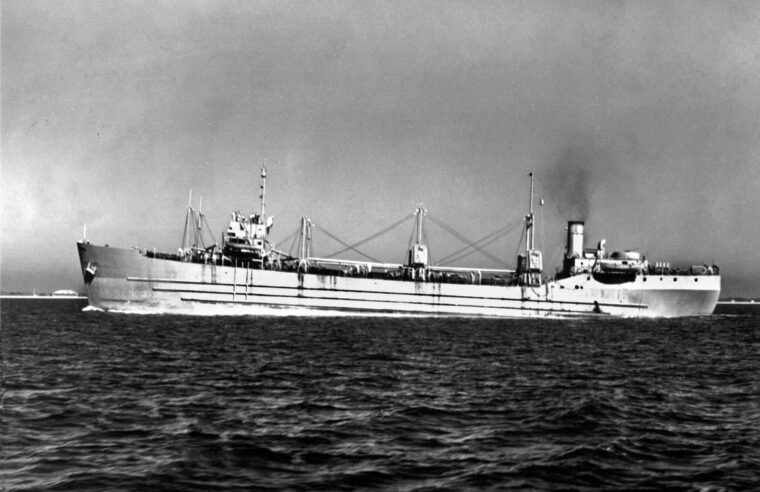
European Theater
It is a fact that war has sparked some amazing innovations. It has at the same time spawned incredible desperation. Read more
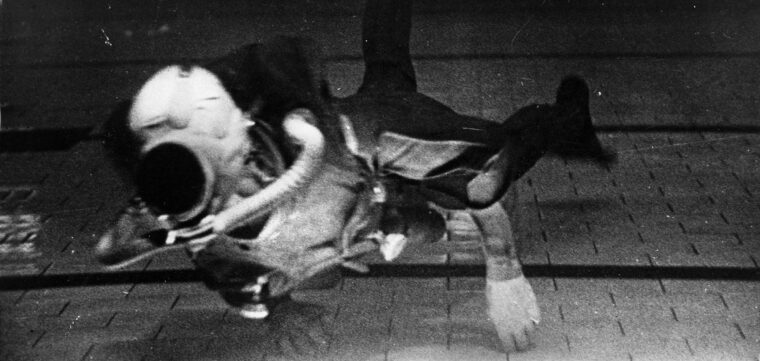
European Theater
British frogmen were the first ground fighters to engage the enemy on D-Day—and they did it without weapons. Read more
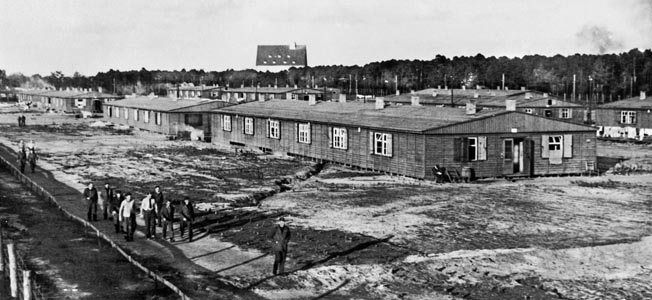
European Theater
In early 1942, the air war over Germany was taking its toll on the Royal Air Force. Read more
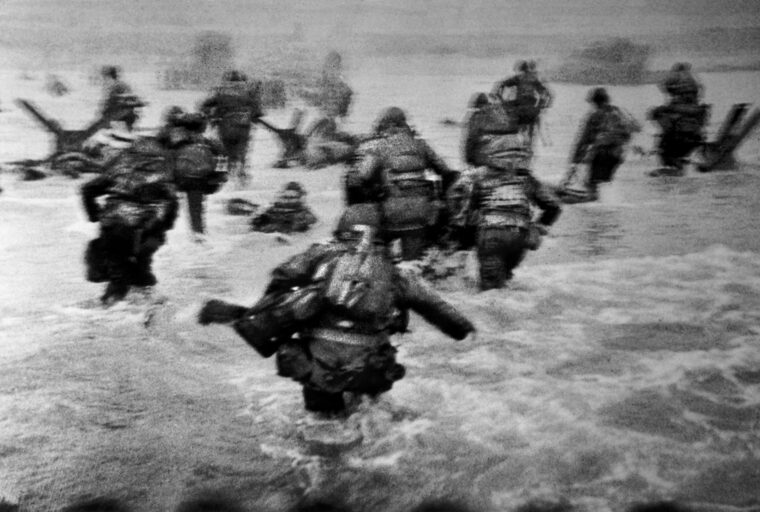
European Theater
When twin brothers Roy and Ray Stevens of Bedford, Virginia, joined Company A, First Battalion, 116th Infantry of the 29th Infantry Division in 1938, they could not know that their decision would completely destroy their dream of one day owning a farm together. Read more
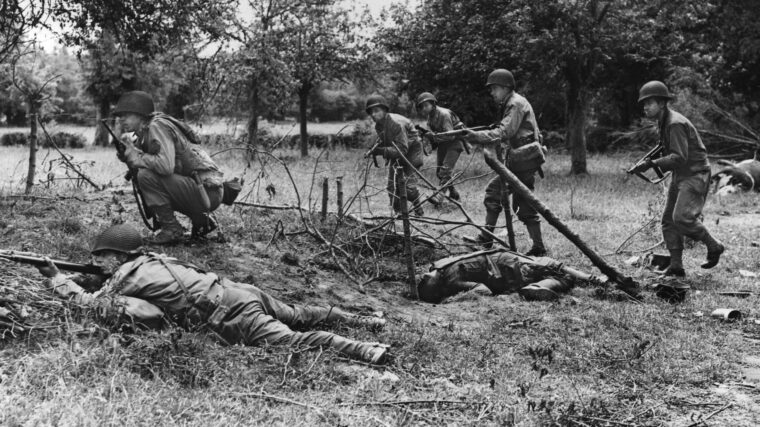
European Theater
When plans were drawn up for the Allied invasion of France in 1944, one important consideration was securing a deep-water port to allow reinforcements and supplies to be brought in directly from Great Britain and the United States. Read more
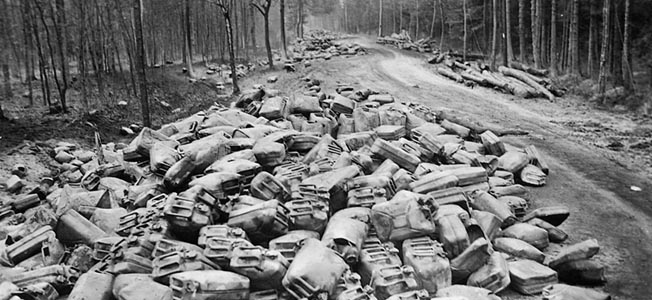
European Theater
By Michael D. Hull
August 1944 saw a rosy mood of optimism and self-deception sweep through the Allied high command in France as a result of the sudden, dramatic end to the campaign in Normandy. Read more
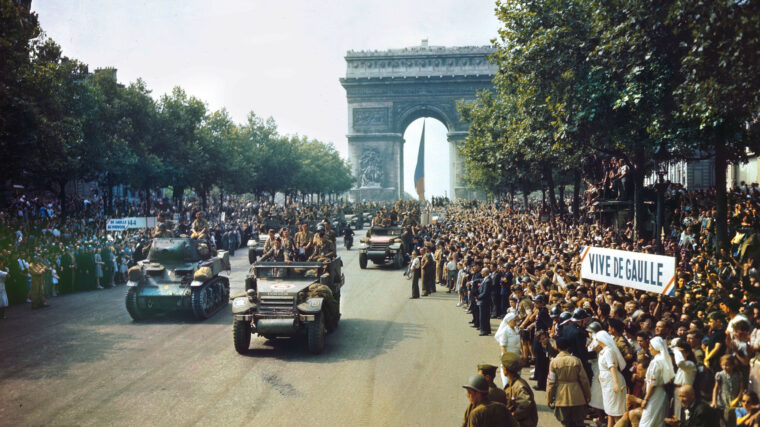
European Theater
After the humiliating fall of France in June 1940, two impassioned patriots—a general and an infantry captain—refused to accept defeat and determined, against all odds, to exact retribution from the German invaders. Read more
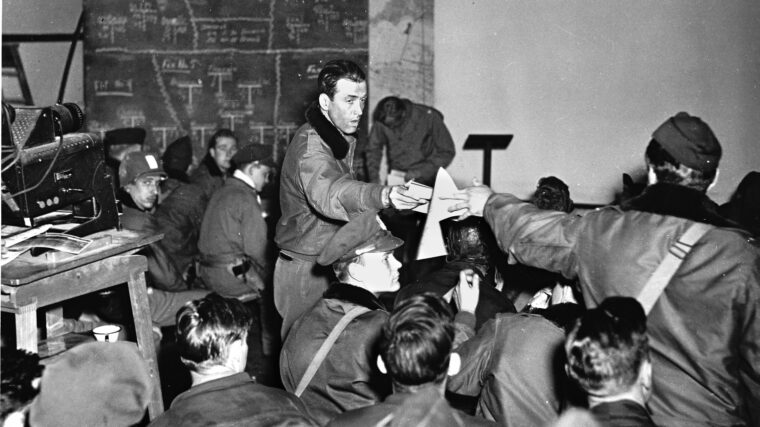
European Theater
Jimmy Stewart is arguably the only prewar American actor of superstar magnitude to have served in a sustained combat role during World War II, and the only one to have served in a position of command. Read more
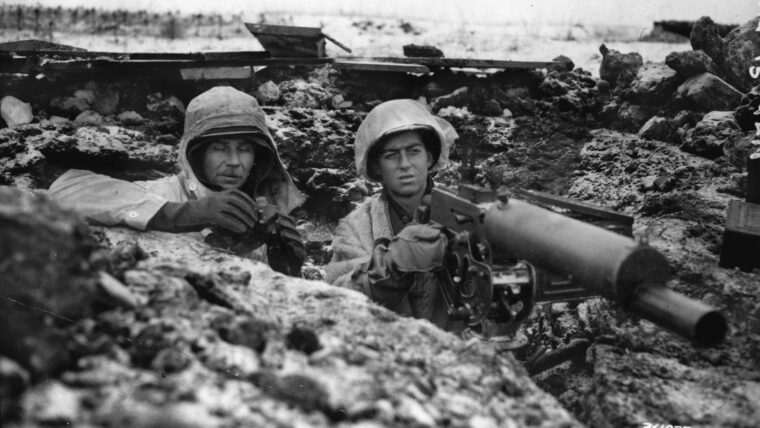
European Theater
On January 23-24, 1945, Allied forces initiated Operation Grandslam against the Colmar Pocket, a German salient that bulged west from the Rhine, south of Strasbourg, France. Read more
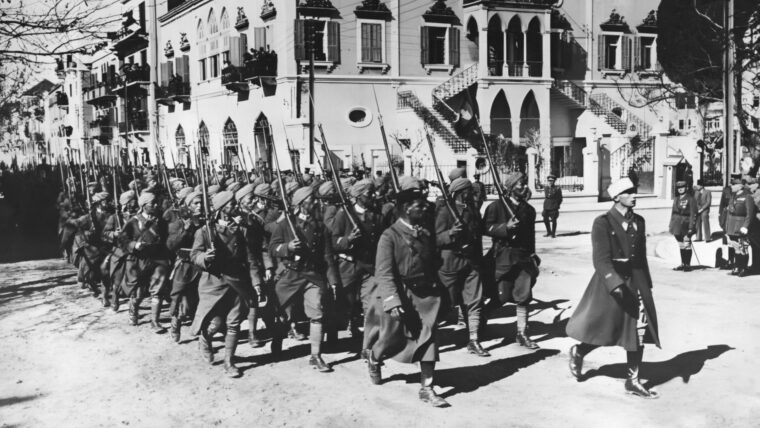
European Theater
“What General Weygand has called the Battle of France is over,” intoned British Prime Minister Winston Churchill. “The Battle of Britain is about to begin.” Read more
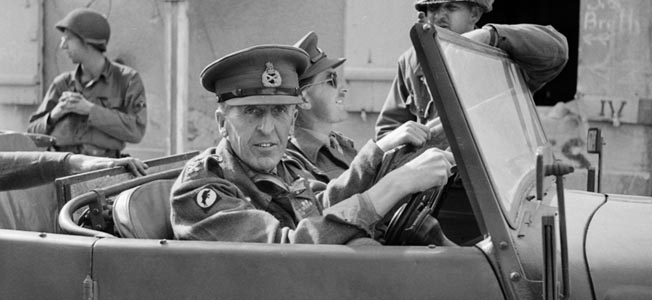
European Theater
A big challenge faced Maj. Gen. Brian G. Horrocks, an infantryman, when he was cross-posted to take command of the British Army’s 9th Armored Division in March 1942. Read more
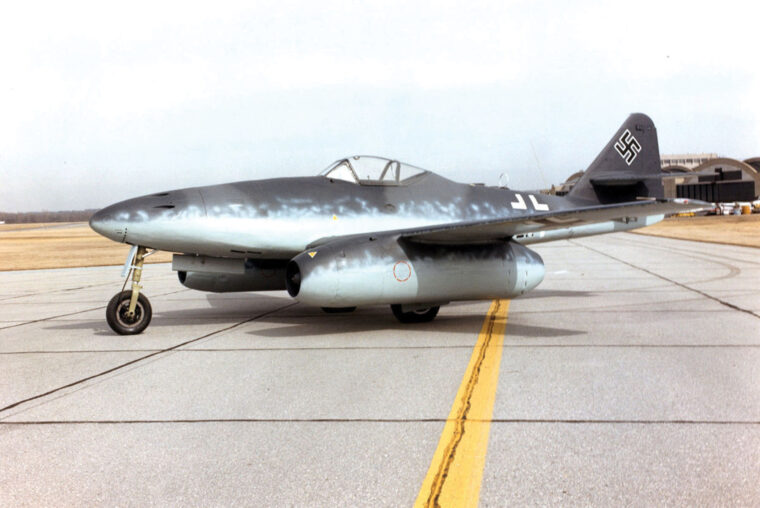
European Theater
The Germans knew the bombers were coming, and they prepared even as the U.S. 457th Bomber Group first assembled in the early morning sunlight over faraway London. Read more